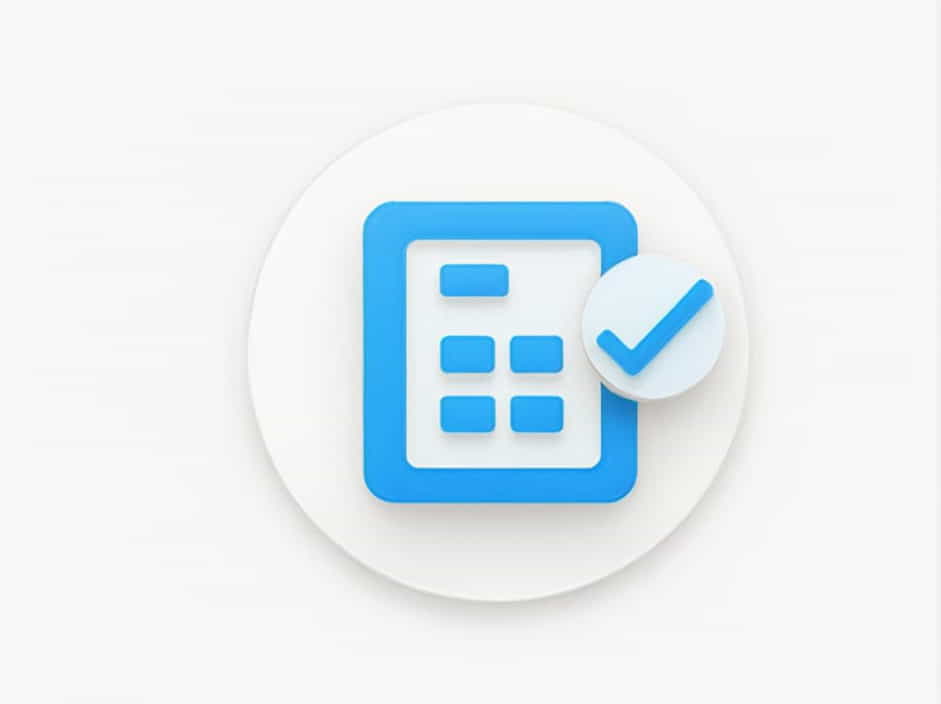A cost reconciliation report is an essential financial document used in managerial accounting to ensure that all costs incurred during a specific period are properly accounted for. This report helps businesses track total production costs, compare actual costs to expected costs, and identify discrepancies that need to be addressed.
One of the key components of this report is “costs to be accounted for”, which represents all costs that need to be allocated and reconciled within a given accounting period. Understanding these costs is crucial for maintaining accurate financial records and making informed business decisions.
What Are Costs to Be Accounted for?
Costs to be accounted for refer to all costs that a company must track and allocate during a reporting period. These costs typically include:
- Beginning inventory costs – The value of raw materials, work-in-process (WIP), and finished goods carried over from the previous period.
- Costs added during the period – This includes direct materials, direct labor, and manufacturing overhead incurred during the reporting period.
The sum of these costs represents the total amount that must be allocated to either completed products or work still in process.
Components of Costs to Be Accounted for
To better understand how costs are accounted for, let’s break them down into key components:
1. Beginning Inventory Costs
At the start of a new accounting period, businesses carry over leftover inventory from the previous period. This includes:
- Raw Materials Inventory – Unused materials waiting to be processed.
- Work-in-Process (WIP) Inventory – Partially completed products.
- Finished Goods Inventory – Completed products that have not yet been sold.
These costs must be considered when calculating the total costs to be accounted for.
2. Costs Incurred During the Period
During the reporting period, businesses add new costs to their production process. These costs include:
A. Direct Materials
- Raw materials used in production.
- Any additional materials purchased during the period.
B. Direct Labor
- Wages paid to employees directly involved in production.
- Overtime costs, if applicable.
C. Manufacturing Overhead
- Indirect costs, such as utilities, rent, and depreciation of machinery.
- Factory supplies and maintenance expenses.
3. Total Costs to Be Accounted For
The total costs to be accounted for can be calculated using the following formula:
This total represents all costs that need to be allocated between completed and in-progress production.
Allocating Costs in a Cost Reconciliation Report
Once the total costs to be accounted for are determined, they must be properly allocated. This process involves breaking down costs into:
1. Costs Assigned to Units Completed and Transferred Out
- Costs assigned to products that have been fully manufactured and moved to the next stage (e.g., finished goods inventory or customer sales).
2. Costs Assigned to Ending Work-in-Process (WIP) Inventory
- Costs that remain in partially completed products at the end of the reporting period.
This allocation ensures that businesses maintain accurate records of their production costs and can compare actual vs. expected costs effectively.
Importance of Costs to Be Accounted for in Financial Reporting
Accurately tracking costs to be accounted for is crucial for several reasons:
-
Improved Financial Accuracy
- Ensures that all costs are correctly recorded, reducing the risk of financial misstatements.
-
Better Cost Control
- Helps management identify excessive spending and improve cost efficiency.
-
More Accurate Pricing Decisions
- Ensures product costs are correctly calculated, leading to better pricing strategies.
-
Compliance with Accounting Standards
- Ensures that financial records meet regulatory and industry standards.
Common Mistakes in Cost Reconciliation Reports
When preparing a cost reconciliation report, businesses should avoid these common errors:
1. Failing to Include All Costs
- Forgetting to account for indirect costs (overhead) can lead to inaccurate total costs.
2. Incorrect Inventory Valuation
- Misstating beginning or ending inventory values can lead to significant financial discrepancies.
3. Misallocation of Costs
- Failing to properly divide costs between completed goods and WIP inventory can distort financial reports.
4. Lack of Periodic Review
- Not reviewing the report regularly may cause unnoticed errors to accumulate over time.
Best Practices for Cost Reconciliation
To ensure accuracy, businesses should follow these best practices:
- Maintain detailed records of all costs, including invoices, receipts, and payroll documents.
- Use cost-tracking software to automate calculations and reduce human errors.
- Perform regular audits to verify cost accuracy and detect any inconsistencies.
- Train accounting staff on proper cost allocation methods to maintain financial integrity.
A cost reconciliation report is a vital tool for businesses to track and allocate production costs effectively. Understanding costs to be accounted for ensures that all expenses are properly recorded and distributed between completed and in-progress products.
By implementing best practices and avoiding common mistakes, businesses can improve financial accuracy, optimize cost management, and make better strategic decisions.
